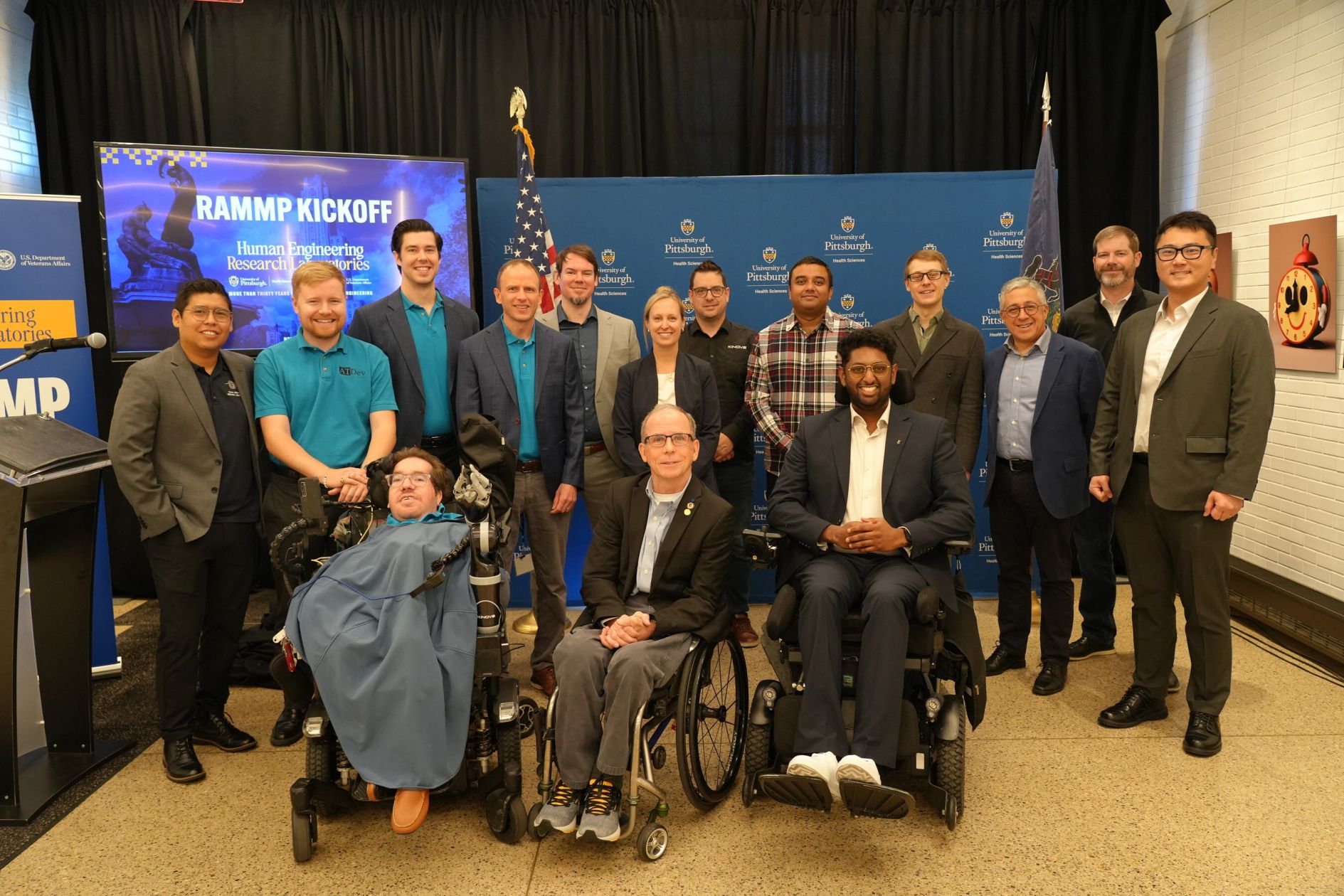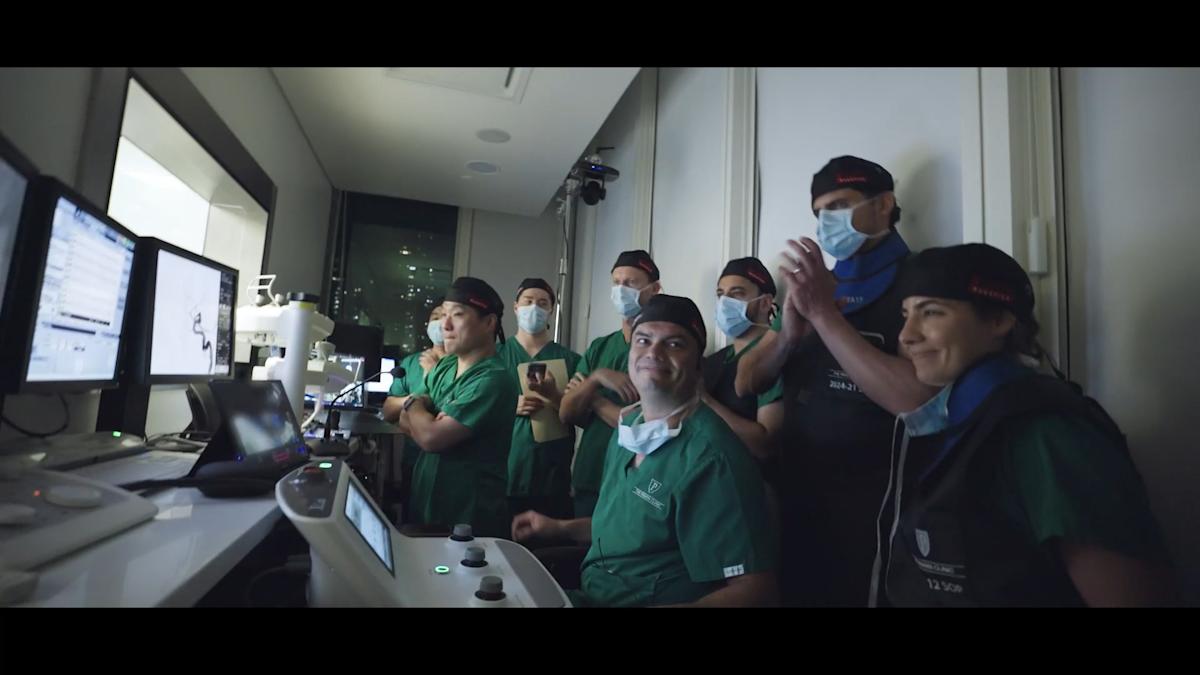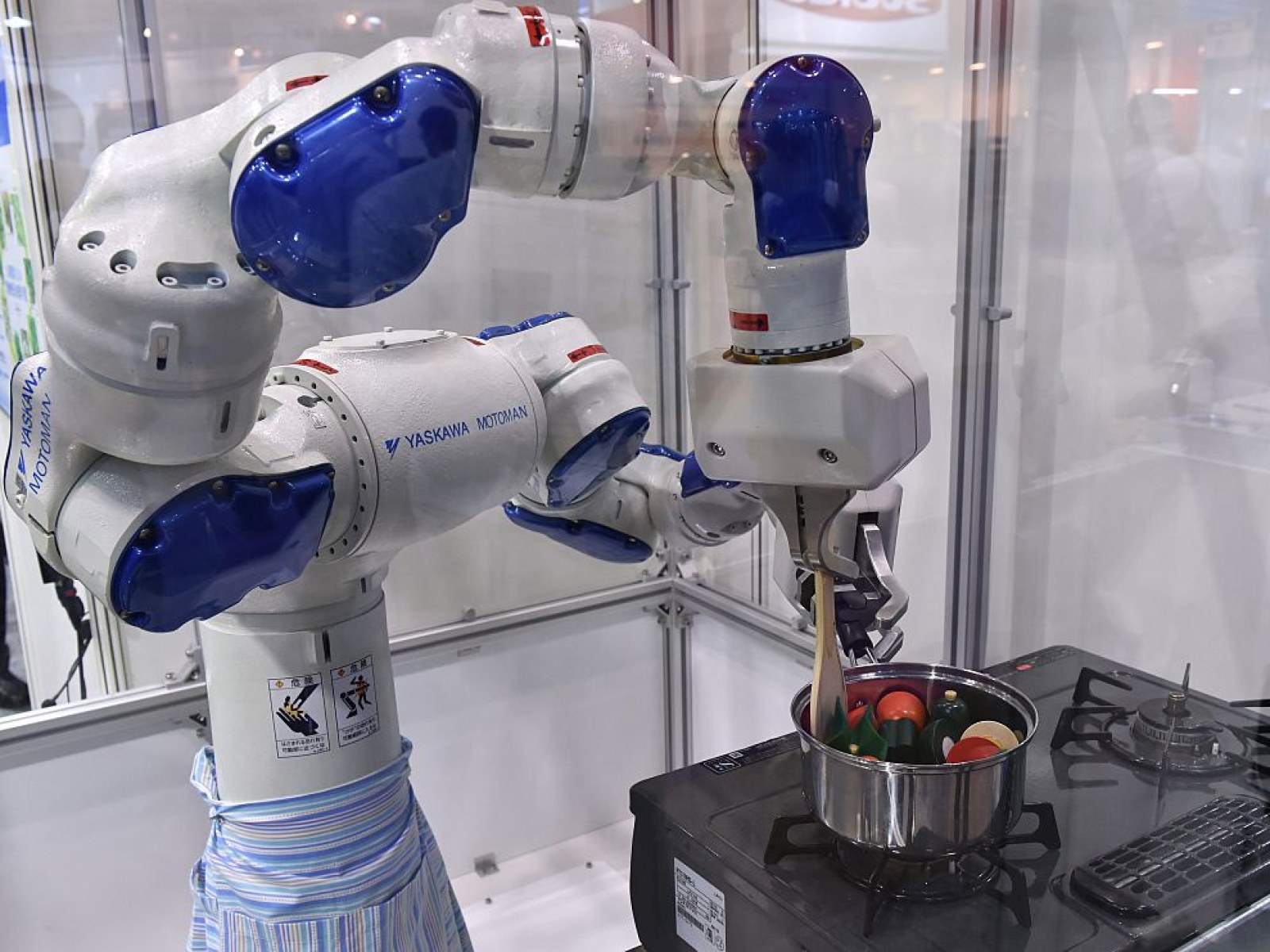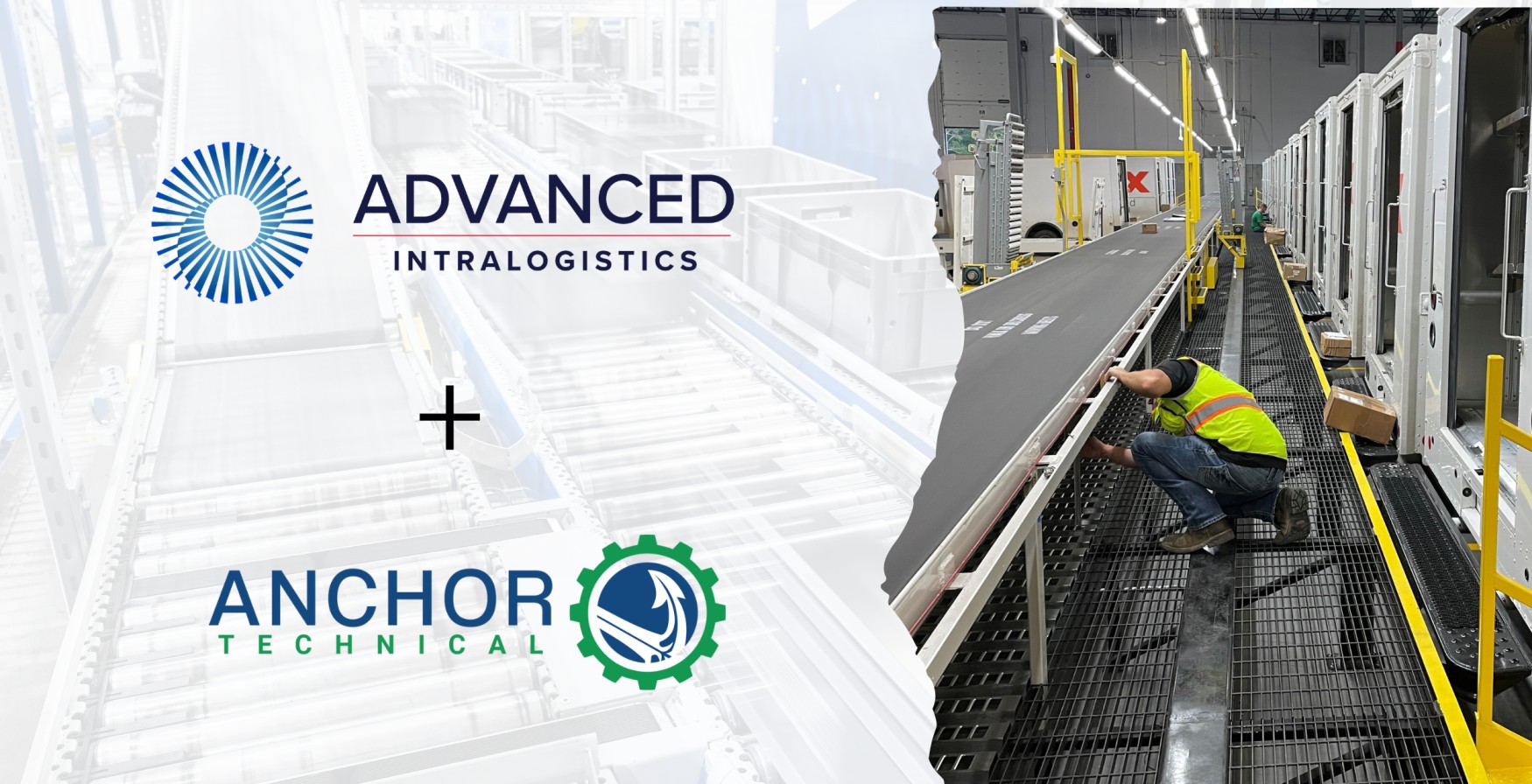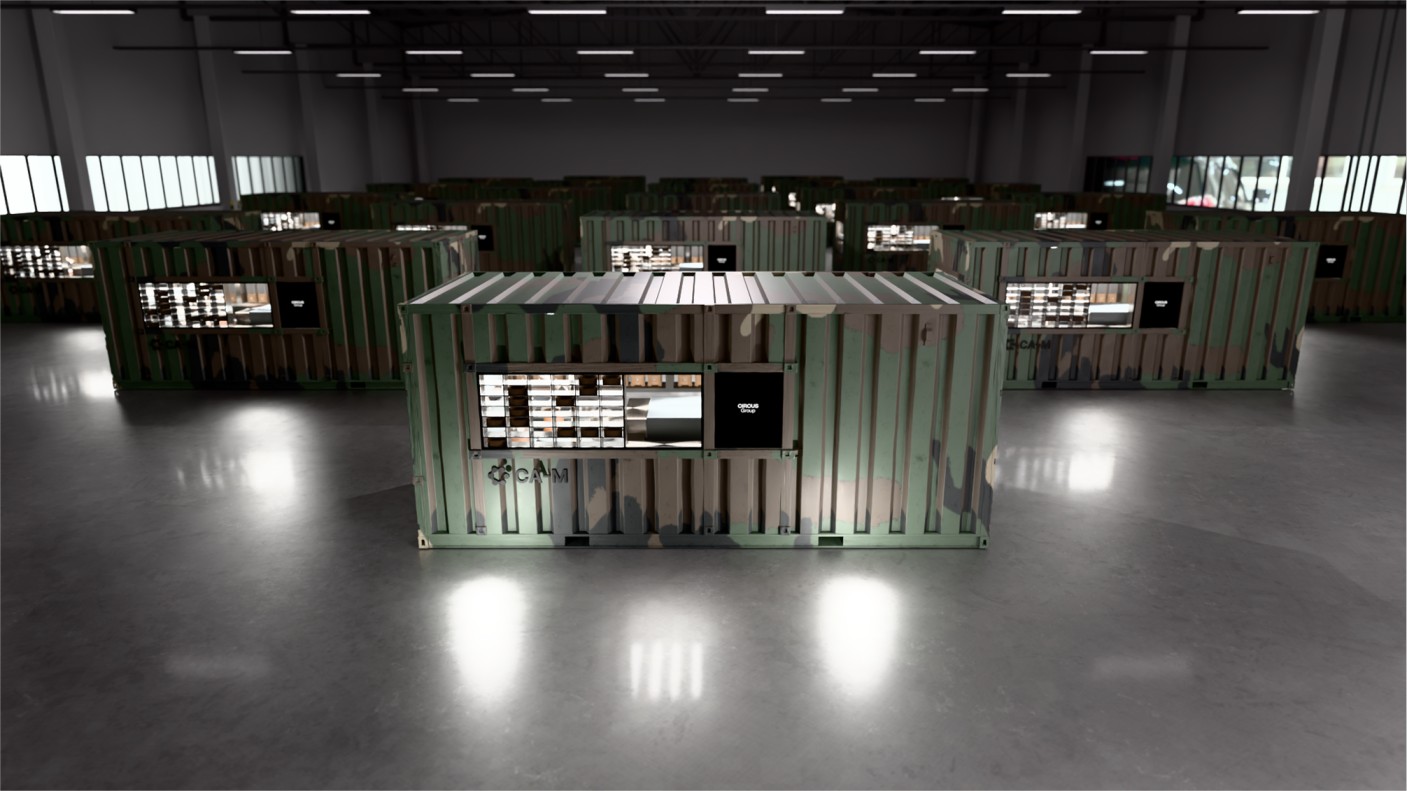Lam Research Opens $65 Million Tualatin Office Expansion, Strengthening Its Semiconductor Innovation Hub in Oregon’s Silicon Forest
New 120,000-sq-ft Building G adds capacity for up to 700 employees, advancing Lam’s multi-year strategy to expand U.S. R&D infrastructure for the AI-driven semiconductor era.
Image Courtesy: Public Domain
In a ribbon-cutting event at its campus in Tualatin, OR, Lam Research Corp. (NASDAQ: LRCX) commemorated the opening of its new, $65 million office building, joined by Oregon State Senate President Robert Wagner, representatives from the offices of Oregon Governor Tina Kotek and Oregon Congresswoman Andrea Salinas, and other distinguished local government, community, business, philanthropic, and academic leaders. It is the newest U.S. expansion by Lam, a global leader in delivering the semiconductor fabrication equipment and processes that are critical to enabling the AI era. It reflects the company's continued investment in the Silicon Forest, where it has been rooted for over three decades.
Lam's new Tualatin Building G adds additional capacity, providing Lam with up to 700 workspaces for current and future employees at its world-class research and development (R&D) operations in Tualatin. The new four-story, 120,000-square-foot building and plans for a future expansion of Lam's Tualatin lab and infrastructure are part of the company's multi-year strategy to enhance its facilities and infrastructure near customers to be future-ready for what is widely expected to be a $1 trillion semiconductor industry in the coming years.
"Our continuing growth in the Silicon Forest demonstrates our commitment to our customers, employees, and the communities in which we operate," said Sesha Varadarajan, senior vice president, Global Products Group at Lam Research, who cut the ribbon at today's ceremony. "The addition of Building G in Tualatin expands one of Lam's essential global hubs for breakthrough semiconductor manufacturing equipment and process development, providing critical capacity for our Oregon workforce and accelerating our capabilities to drive innovations that underpin American leadership in an essential global industry."
"I'm incredibly proud to be here today with Lam Research in the heart of my Senate District to celebrate this important milestone. Empowered by thousands of talented, hardworking Oregonians, Lam is on the cutting edge of delivering atomic-scale manufacturing advancements essential for the future of computing, robotics, AI, and more," Senate President Wagner said. "Oregon is a global leader in chip innovation because of the continued investment and commitment to excellence by companies like Lam Research."
"Lam Research has long been at the heart of the Silicon Forest, showcasing Oregon's tremendous pool of talent, supporting our local economy, and serving a vital role in keeping Oregon at the forefront of semiconductor innovation. I congratulate Lam on its beautiful new facility, and I look forward to our continuing partnership to make Oregon future-ready," said Congresswoman Salinas.
Additional speakers at today's event included Washington County Commissioner Pam Treece, and Tualatin Mayor Frank Bubenik. Dean of Engineering at Oregon State University Forrest Masters, and CEO of Girls Inc. of PNW Nadja Sailesman were also present at the event, representing two of the many academic institutions, associations, and organizations with whom Lam works closely to foster future talent and support community resilience.
A Milestone for Lam in the Silicon Forest
As one of the most tenured semiconductor companies in Oregon and a leading employer in the Portland metro area, Lam has deep roots in the Silicon Forest. Since opening its first location in Oregon in the late 1990s*, the company's footprint in the state has expanded to locations in Hillsboro, Sherwood and Tualatin, including two manufacturing sites and a state-of-the-art research and development lab.
Tualatin R&D operations are part of Lam's global network of cutting-edge labs that enable the semiconductor ecosystem across the U.S. and around the world.
Over the years, Lam's Tualatin team has led the development of numerous game-changing innovations, bringing together advanced physics, material science, engineering, virtual twins and AI to develop semiconductor fabrication processes and tools that have pushed the limits of what's possible – allowing the creation of features on chips that are over 1,000 times smaller than a grain of sand. This includes the development of the first copper plating product, SABRE®, which transformed chip production, replacing aluminum wiring in semiconductors to enable faster, smaller, and more-energy efficient chips. Later in Tualatin, Lam developed SABRE® 3D and, most recently, VECTOR® TEOS 3D, breakthrough tools that enable the dense memory and fast interconnects required for the AI era.









